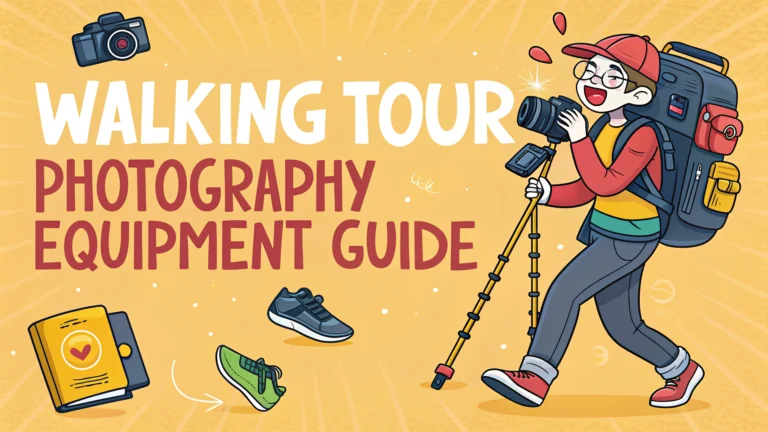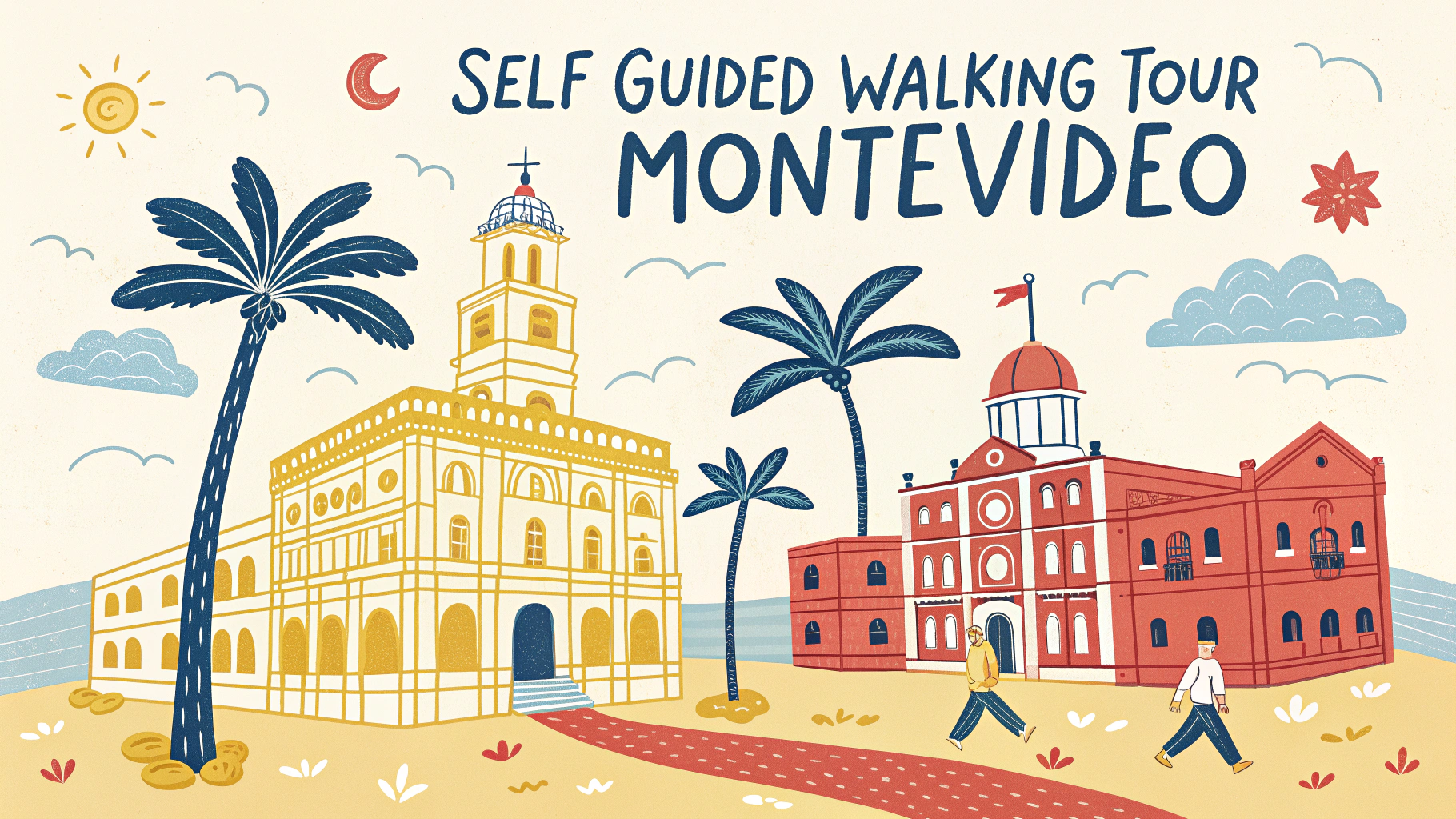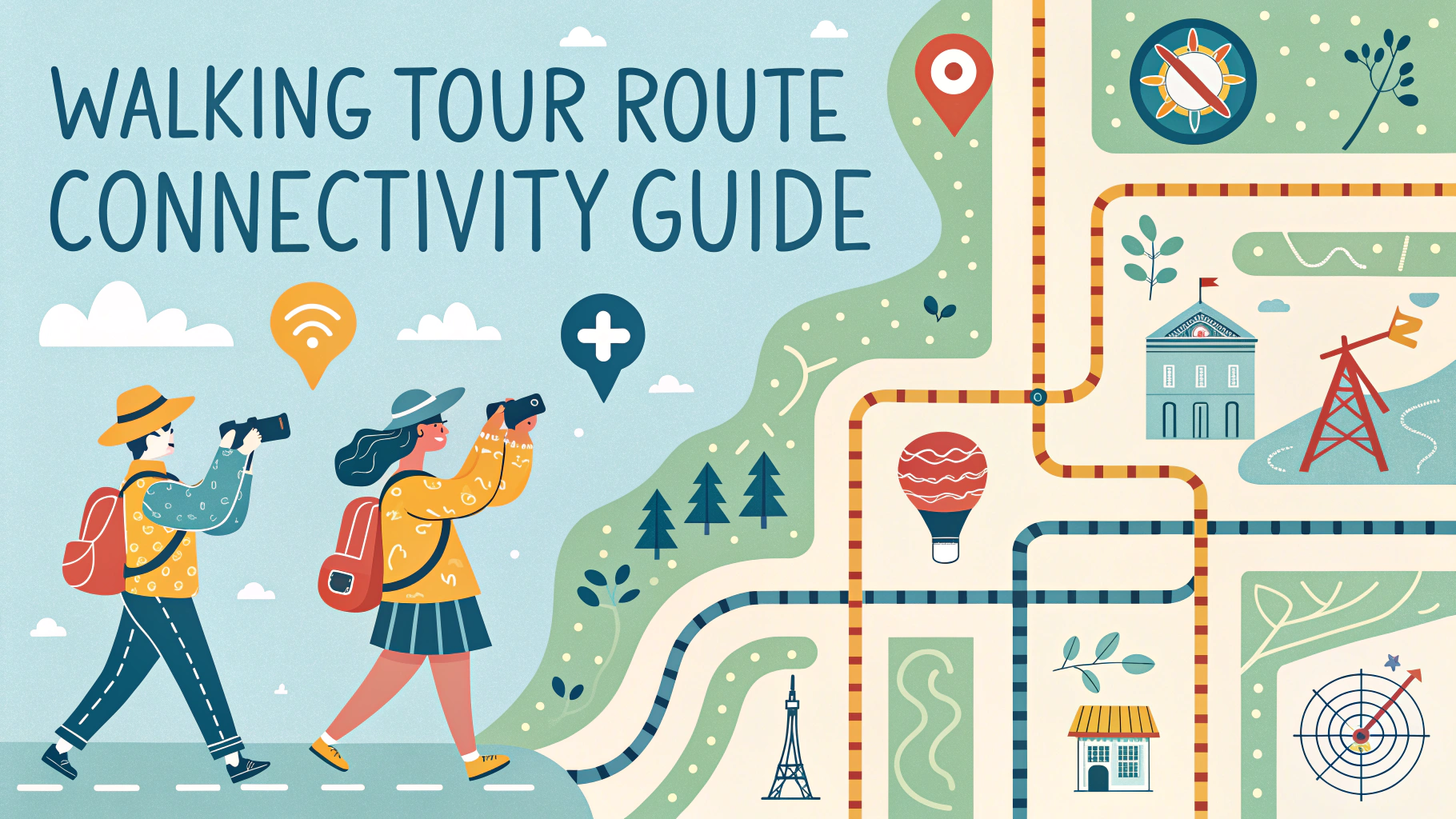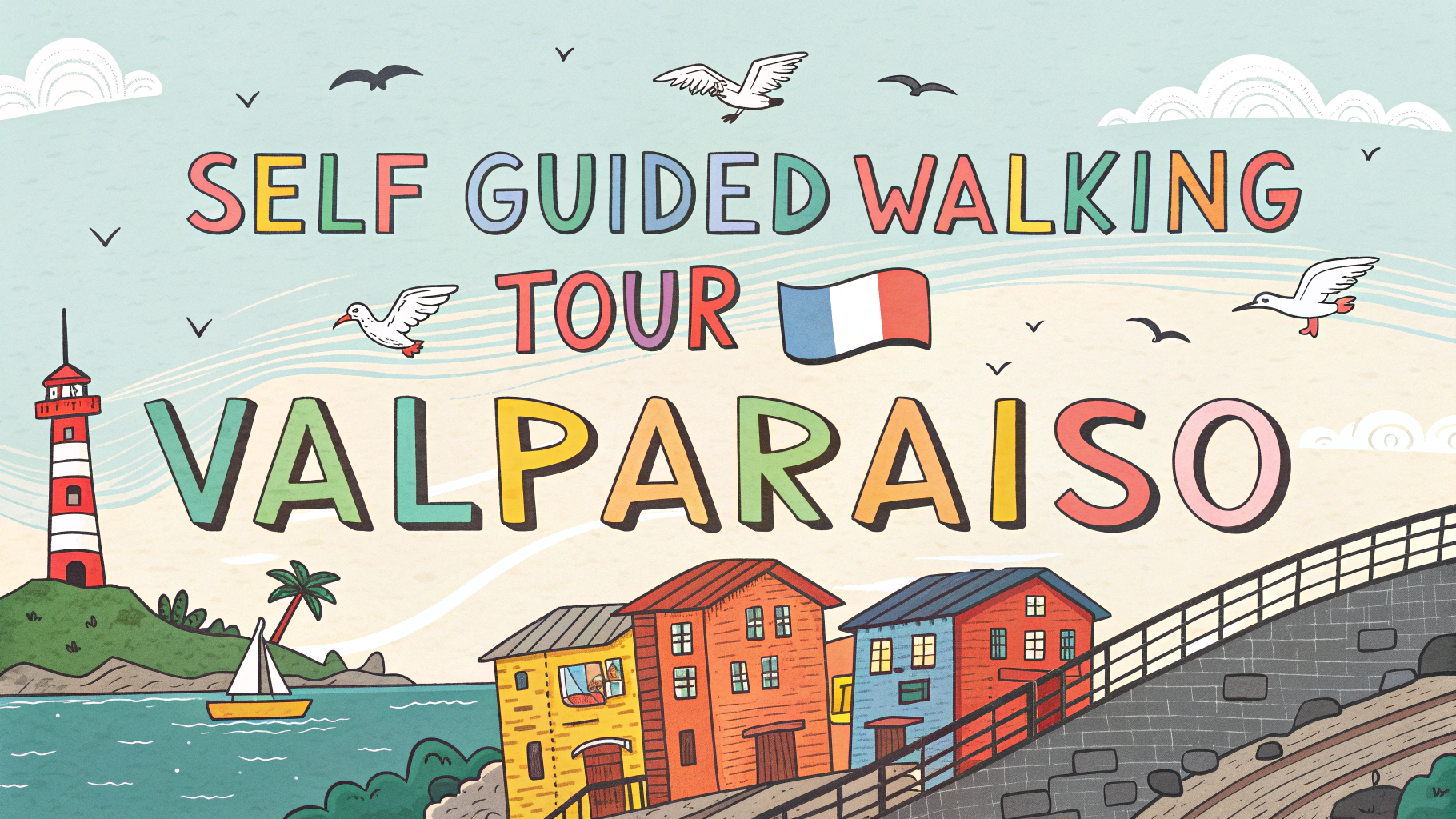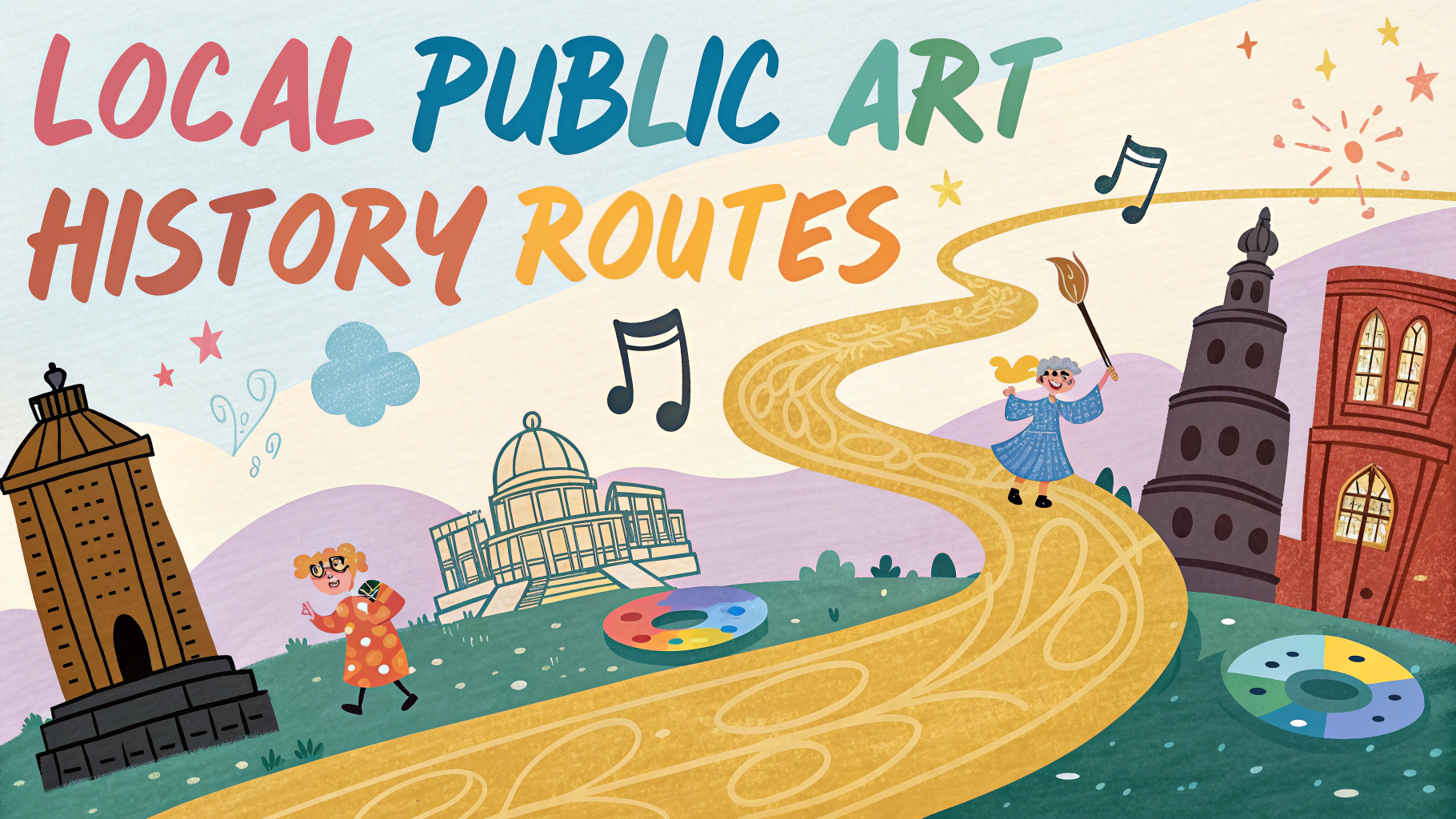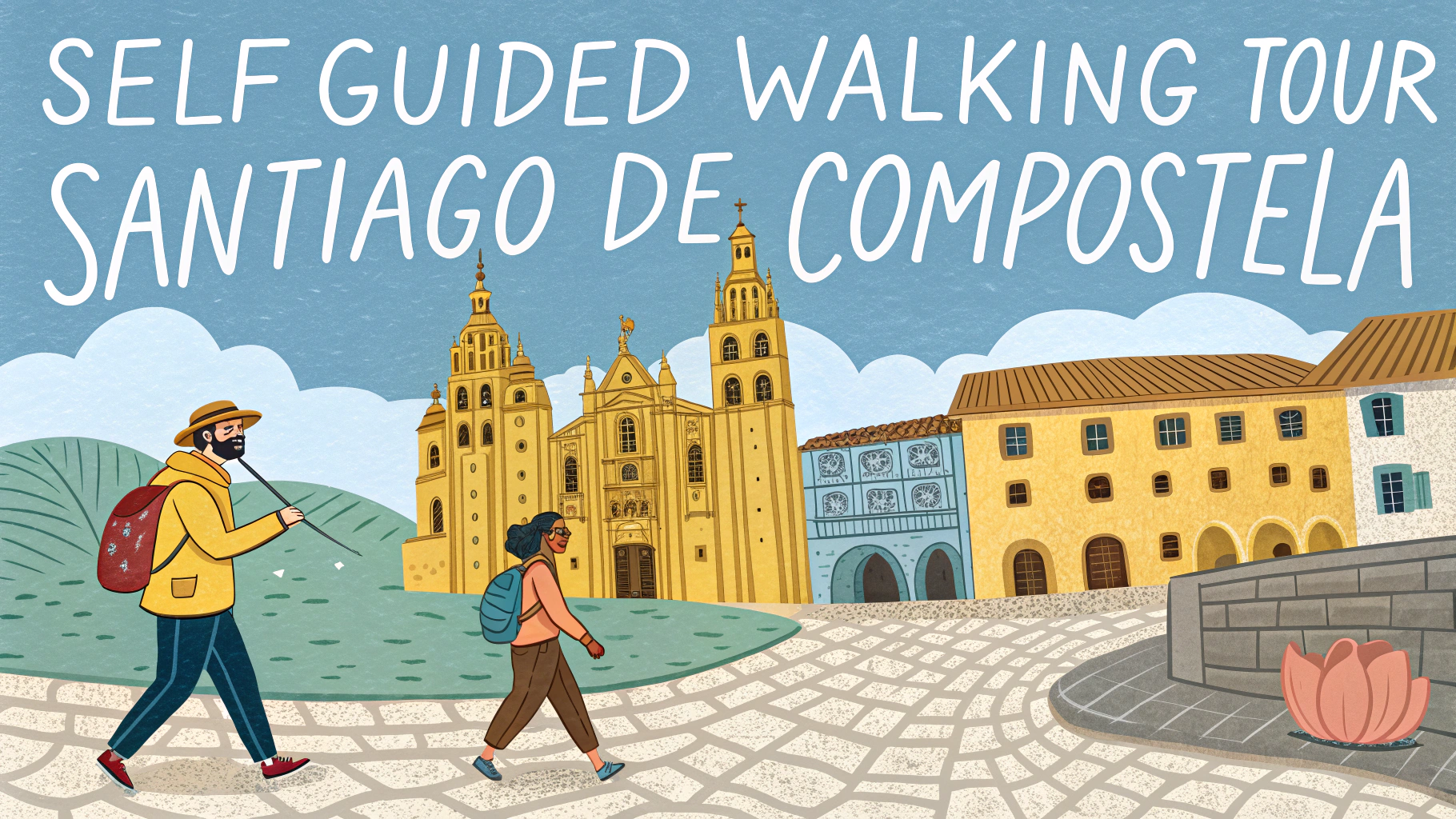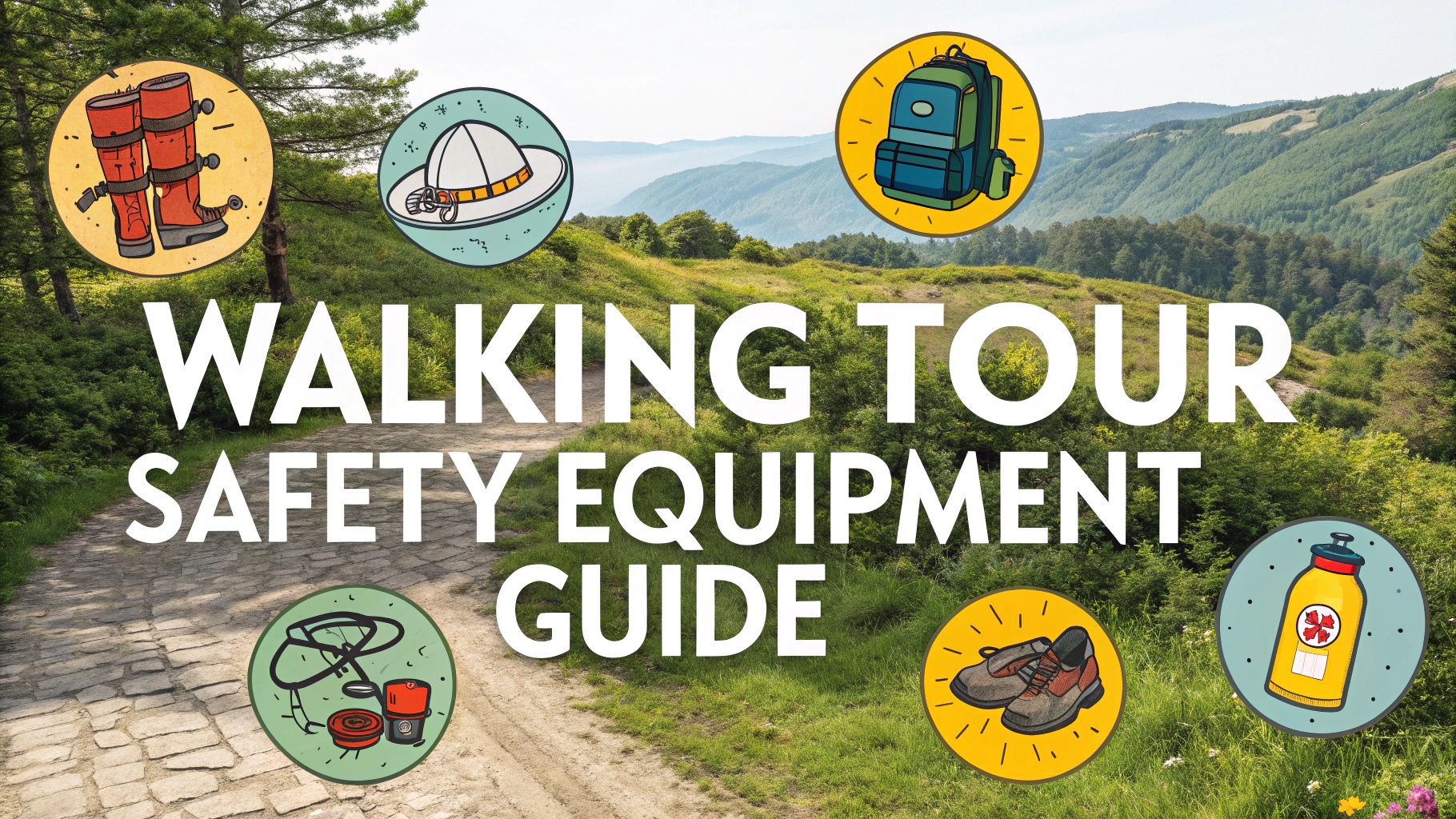A good camera setup can transform your self-guided walking tour experience into a collection of lasting memories.
Essential Photography Equipment
A lightweight mirrorless camera or high-quality smartphone serves as the foundation for walking tour photography.
- Camera Options:
- Mirrorless: Sony A7 III, Fujifilm X-T4, Canon EOS R6
- Compact: Sony RX100 VII, Canon G7X Mark III
- Smartphones: iPhone 14 Pro, Google Pixel 7, Samsung S23 Ultra
Recommended Accessories
- Storage & Power:
- 2-3 extra batteries or power bank
- Multiple SD cards (64GB minimum)
- Small cleaning kit
- Support Gear:
- Lightweight tripod or monopod
- Camera strap or wrist strap
- Weather-resistant camera bag
Lens Selection
Pack versatile lenses that cover multiple situations without weighing you down.
- Walking Tour Lens Kit:
- 24-70mm f/2.8 (main walk-around lens)
- 16-35mm f/4 (architecture and landscapes)
- 50mm f/1.8 (street photography and low light)
Protection & Safety
- Weather Protection:
- UV filters for each lens
- Rain cover or weather-sealed gear
- Silica gel packets for humidity
Quick Photography Tips
- Take photos during golden hour (1 hour after sunrise or before sunset)
- Use aperture priority mode (A or Av) for quick street shots
- Keep ISO under 3200 for cleaner images
- Shoot in RAW format for better editing flexibility
- Back up photos daily to a mobile device or portable hard drive
| Walking Distance | Recommended Setup |
|---|---|
| Short (1-2 hours) | One camera, two lenses max |
| Medium (2-4 hours) | Add extra battery, water protection |
| Long (4+ hours) | Full kit with support gear |
Remember to check local photography restrictions before your walking tour, as some locations require permits or have specific rules about camera equipment.
Advanced Composition Techniques
- Urban Photography:
- Use leading lines from streets and buildings
- Frame shots through archways and windows
- Include people for scale in architectural shots
- Street Photography:
- Practice zone focusing for quick captures
- Look for interesting light and shadows
- Capture authentic moments discretely
Location-Specific Considerations
- Historic Districts:
- Research prime photo spots beforehand
- Visit during off-peak hours
- Respect no-photography zones
- Parks and Gardens:
- Bring macro lens for detail shots
- Use polarizing filter for better foliage
- Time visits with seasonal blooms
Digital Organization
- File Management:
- Create location-based folders
- Use consistent file naming conventions
- Tag photos with landmarks and dates
Conclusion
Successful walking tour photography requires balancing equipment choices with mobility. Focus on versatile gear that matches your tour duration and photography goals. Prioritize protection of your equipment and always respect local guidelines. With proper preparation, you’ll capture memorable images while maintaining an enjoyable walking experience.
- Final Checklist:
- Verify all batteries are charged
- Format memory cards
- Check weather forecast
- Pack light but prepared
- Review local photography policies
FAQs
- What essential camera equipment do I need for a walking photography tour?
A basic kit should include a lightweight camera body, versatile zoom lens (24-70mm recommended), spare batteries, memory cards, lens cleaning cloth, and a comfortable camera bag or backpack. - Should I bring a tripod on my walking photo tour?
A lightweight travel tripod or monopod is recommended, especially for low-light situations or long exposures, but consider the weight as you’ll be carrying it throughout the walk. - What lens is most suitable for walking tour photography?
A standard zoom lens (24-70mm) is ideal as it covers wide-angle for architecture and landscapes, and moderate telephoto for details and portraits. Prime lenses like 35mm or 50mm are also good lightweight options. - How should I protect my camera gear during walking tours?
Use a weather-sealed camera bag, carry lens covers, pack a microfiber cloth, and bring rain protection. Consider using UV filters for lens protection and keep silica gel packets in your bag. - What’s the best camera bag style for walking tours?
A backpack-style camera bag with good weight distribution is ideal for longer walks. Sling bags or messenger bags work well for shorter tours with minimal equipment. - Do I need any specific accessories for urban walking photography?
Polarizing filters for reducing glare, neutral density filters for bright days, spare batteries, and a lens hood are valuable accessories for urban photography. - How much memory storage should I bring for a walking tour?
Bring multiple memory cards totaling at least 64GB for a full day of shooting. Consider a portable hard drive if shooting RAW or on multi-day tours. - What type of footwear is best when carrying photography equipment on walking tours?
Comfortable, waterproof walking shoes with good ankle support are essential. They should be well broken-in to prevent blisters during long photography sessions. - Should I bring artificial lighting equipment on walking tours?
A small, lightweight flashgun or LED light panel can be useful for fill lighting, but natural light is typically sufficient. Consider the added weight versus utility. - What’s the best way to track locations during a self-guided photo tour?
Use a smartphone with GPS capabilities, photography apps with location tagging, and consider bringing a paper map as backup. Apps like Google Maps can be downloaded for offline use.
